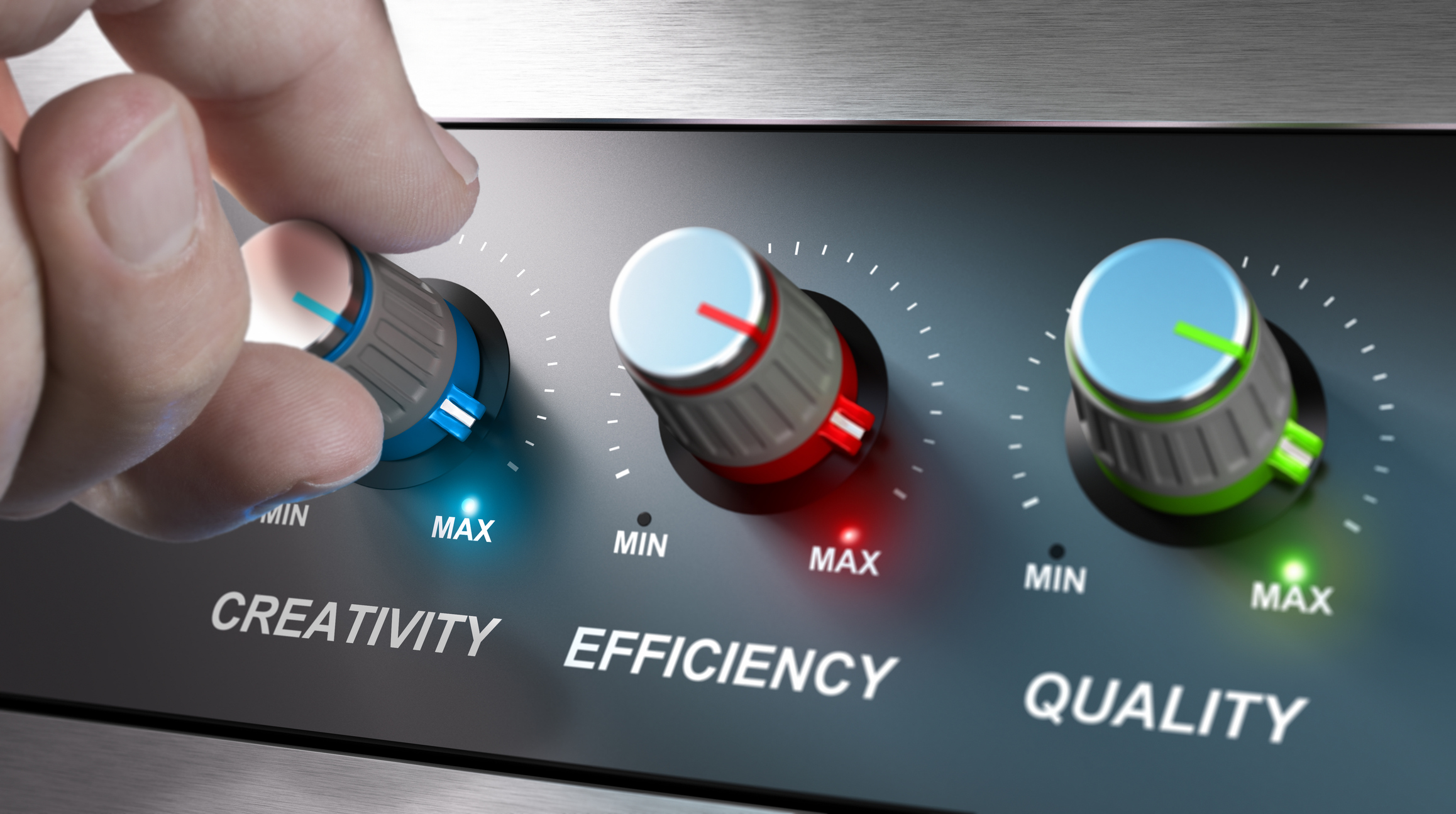by Hilari Yeatts
Share
Share

Introducing a new product into the market can be a daunting prospect, and one true sign of success comes from returning customers and satisfactory ROI. While launching a new product, you are not only looking at the potential issues you might encounter after it launches in the market but also considering the risks and hurdles that you will face during the development process.
The only way to steer clear of these risks is to prepare for them in advance and learn throughout the development process. If you think anything could go wrong, you will be in the right position to undo it, as it is always better to learn problems early than to fix issues later.
Read on to explore some of the most common challenges you may encounter during the product development process and ways to tackle them.
Challenges Encountered During Product Development
1. Identifying your customer’s pain points
Your entire product development process should be based around the pain points of your customers from the very beginning. The product goals you come up with should align with your customer’s needs and represent them best.
While this may sound obvious, what is imperative to note is the timeline of the same process. As opposed to doing product research post-launch, businesses should shift their focus on carrying out effective product research right from the initial development process itself and validating these throughout development.
An essential component of product research is product testing. Product testing should begin the moment the prototype (and by prototype, we mean anything that can demonstrate value to customers) of the product becomes a reality and must continue until the end. Any new knowledge for improvement should always be taken into consideration as work progresses.
Precise and regular testing will give you the optimum version of your product, which is in line with the needs of your customers. Product research also enables the identification of customer pain points which further aids in building customer loyalty.
2. Striking a balance between immediate requirements and long-term objectives
One of the most deep-rooted product development risks is the lack of identification of immediate needs and actual, long-term objectives. Right off the bat, you might have trouble deciding how much money should go into each of these aspects associated with product development.
The initial costs of building prototypes and product research can be high, but it becomes imperative to consider what these processes will contribute in the long run. Trying to cut down costs during the product development stage will not always work in your best interest.
3. Creative Block
Along the road to launching a valuable product in the market, a significant concern is facing creative blocks. Once you stumble upon a dead end, developing something new and innovative becomes extremely difficult.
This problem can arise from several factors, such as lack of proper customer research, lack of synchronization between the development and marketing teams, supply chain limitations, and more. Consider enhancing your collaboration methods to spawn creative thinking to solve tough problems faster.
4. Creating the optimal product design
The three core components of product building are conceptualizing, designing, and implementing the product. Some of the most gaping loopholes appear while balancing product cost needs vs. valuable features. Sometimes, a complex design hides some of the product’s most valuable and functional traits.
The actual utilization of the product somehow remains hidden and does not necessarily reach the customers in the end. To make better decisions, you may want to first analyze end user needs and then determine how these embedded capabilities contribute to customer value. You can then determine if you need to build a brand-new product or if a newer and better version of your existing product can help achieve the goals.
5. Adapting the product vision
As the product progresses to more advanced stages of its design, it becomes challenging to keep up with its ever-changing versions. Sometimes, specific newly found facts can leave the existing road map in shambles. Instead of feeling scared and thrown off the mark, treat this as a chance to improve the product and review your product portfolio.
If you ignore the new information and still launch, you are not only giving in to the element of fear but also to the sense of uncertainty in your roadmap. Market-leading products are those that are revised from time to time, keeping in mind the current trends.
Business heads who recognize the need to strategically manage their product portfolios with ongoing transitions are the ones who understand the actual vulnerability of the product and proactively adjust.
6. Effective workflow management
Workflow management is one of the most crucial elements of effective product development. A focused team that works well together not only speeds up the process, but can often enhance the quality of the final product.
Consequently, a product manager must ensure that all team members are on the same page using concise, strategic information. Ensuring open communication and resolving conflicts immediately are also central to a high-functioning team. A central platform where tasks are assigned on a regular cadence helps improve transparency and effective communication.
How Modified Agile for Hardware Development (MAHD) Helps Prevent These Disruptions
The MAHD Framework is a flexible product development process that can help you accomplish simple and complex system projects. The five pillars of this framework lead to:
- Shorter development cycles
- Autonomous and focused teams
- Work validation after every product development cycle
- Implementing rapid prototyping strategies
Right from introducing the concept to launching the product, the MAHD Framework covers it all. The framework’s “for hardware” aspect distinguishes it from other standard agile-based processes. Delve deeper into the benefits of the MAHD Framework and make your product development process seamless and hassle-free.
Bottom Line
While there are many challenges in product development, the most critical aspect is establishing effective communication channels between the marketing, design and development teams. Seamless collaboration between these can do wonders to improve your product development process.
Ready to give the MAHD Framework a try? We’re always delighted to discuss how MAHD and agile methodologies can help improve your product development process.
Get in touch with us today.
By Gary C. Hinkle After graduating from college, Eric’s first week on the job as an engineer presented several leadership and management challenges— but he didn’t realize at the time that’s what they were. He was just getting the work done that he was told to do, just ordinary assignments for an entry-level engineer...or so he thought.




